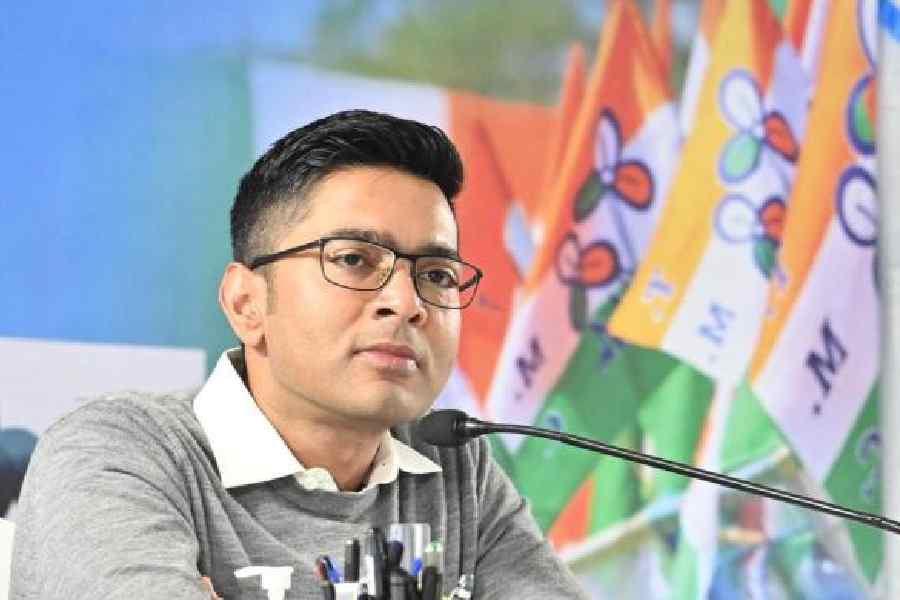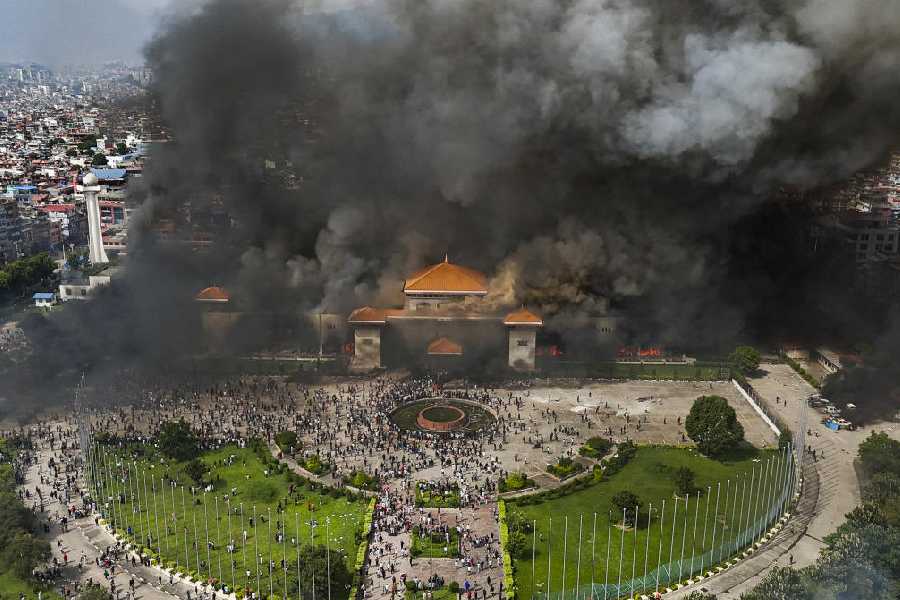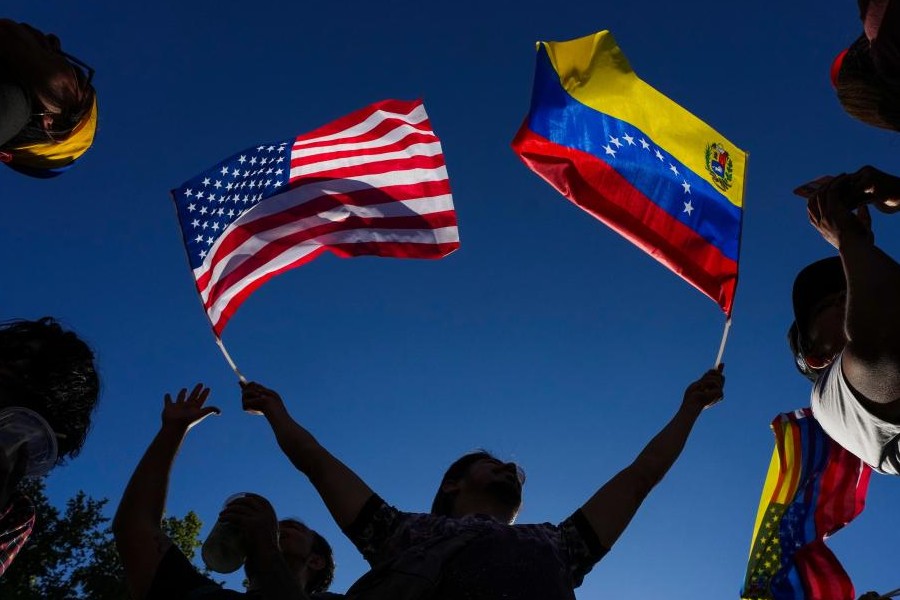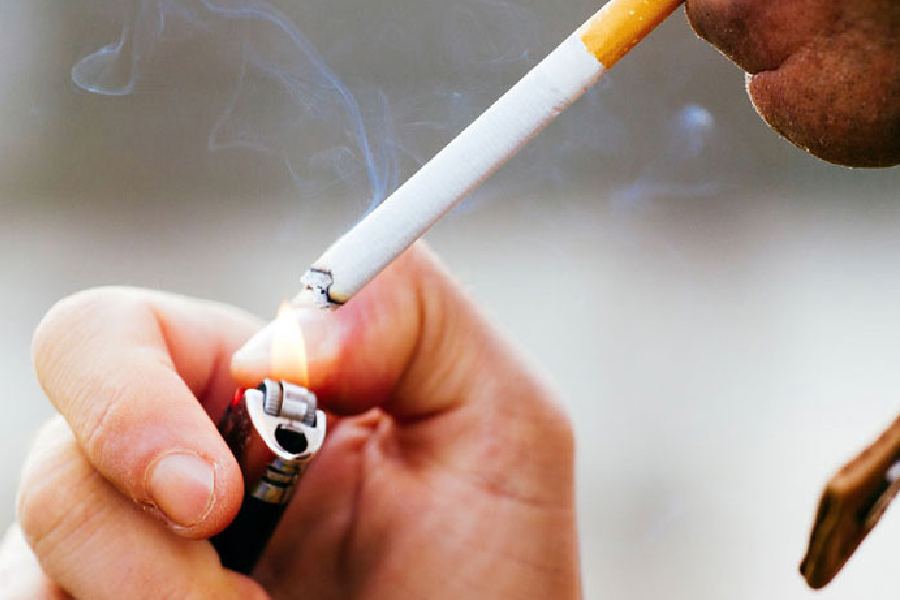 |
Lucknow, April 10: The creamy layer rider in today’s OBC quota verdict could split caste groups in different regions of Uttar Pradesh, forcing parties to rethink strategies ahead of elections.
The Supreme Court has kept the creamy layer out of the ambit of the 27 per cent quota in higher education.
Several caste groups, such as Jats, Tyagis and Patels, will therefore have access to reservation in some parts of the state while being denied the benefit elsewhere. This is because the Jat, Kurmi, Patel and Yadav farmers in the west are economically better off than their counterparts in eastern or central Uttar Pradesh.
Any OBC family with an annual income above Rs 2.5 lakh would be treated as part of the creamy layer. Families where the key bread-earner is either a doctor, engineer, lawyer, son of present or past MP and MLA or working in 11 equivalent professions will also be part of the creamy layer.
The verdict has set off a demand among regional parties that the creamy layer criteria be changed.
With the Congress renewing its bid to regain lost ground on election-eve, regional formations such as the BSP, the Samajwadi Party and smaller groups like the Apna Dal could make a strong pitch for reservation for the creamy layer as well.
Kurmis constitute 4 per cent of the state’s population and Jats about 6.5 per cent, and they are mostly concentrated in the eastern districts. Yadavs make up around 9 per cent. All the small caste groups among the OBCs taken together account for about 30 per cent, a crucial segment in the next elections.
Ashoke Yadav, a former minister in the Rajnath Singh ministry who had resigned after the chief minister recommended reservation for the most backward, said: “Exclusion of the creamy layer would be an injustice to a large number of OBCs who may have done well now but had suffered for long because of social inequality. We have to all fight together again for reservation.”
Yadav revolted against Rajnath when he had introduced the “theory of positive discrimination” among OBCs and proposed reservation for only the extremely backward. The move had to be called off.
Samajwadi Party leaders refused to comment on the order but privately admitted that the creamy layer rider would drive a wedge through the caste groups. “There has to be a campaign asking for their inclusion as well,” said a leader.
The Congress, which hopes to cash in on the verdict, was guarded as it did not want to upset the more backward classes which it is trying to woo. “The idea is to ensure that a limited segment of a socially and economically depressed caste does not monopolise the benefits of reservation,” said a party spokesman.











